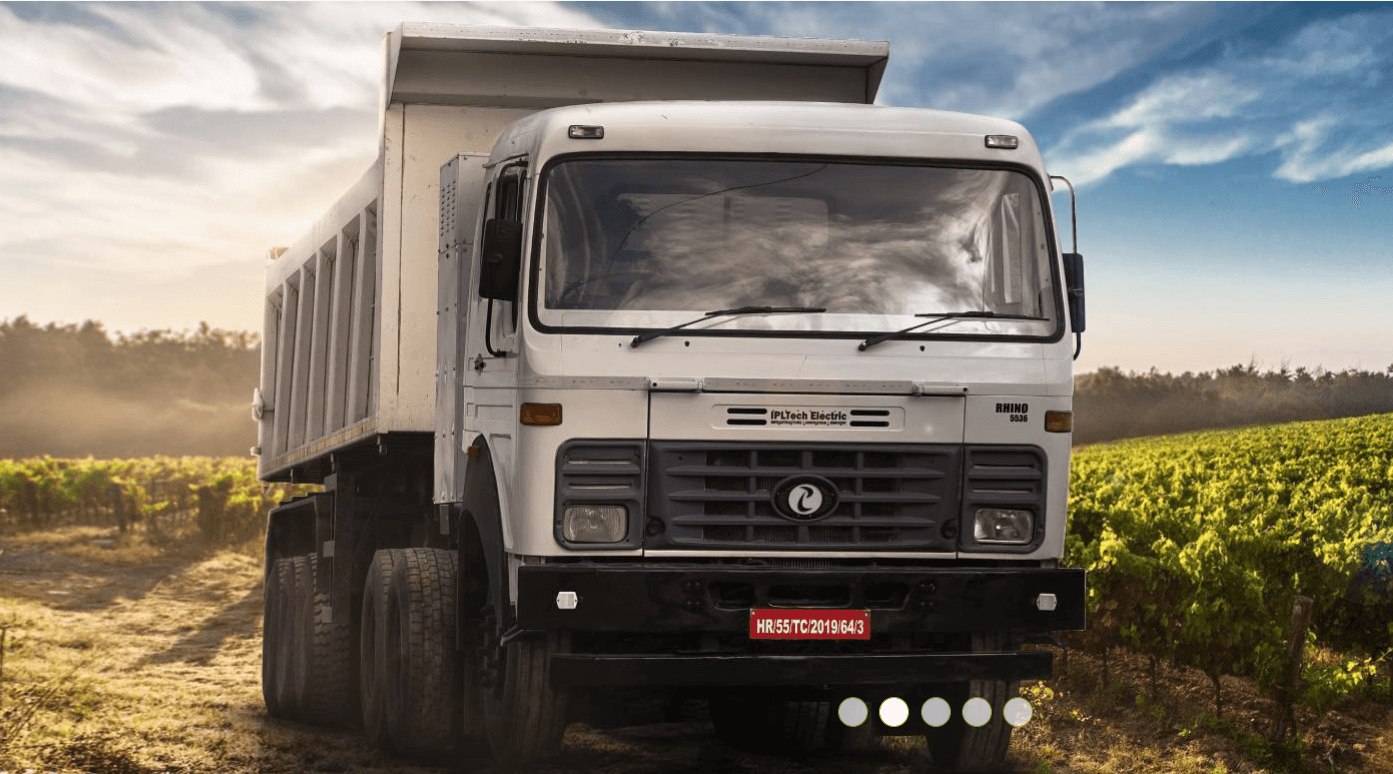
Accelerating India’s Green Transport With Zero-Emission Trucks
October 9, 2023
In the wake of rapid urbanization, burgeoning e-commerce, and rising income levels, India is witnessing an unparalleled demand for goods and services. To cater to this escalating demand, the nation’s road freight sector is anticipated to expand fourfold by 2050. But with the increasing reliance on conventional diesel trucks, the specter of exacerbated pollution, mounting public health concerns, and escalating energy costs looms large. How can India address these impending challenges? The answer lies in Zero-Emissions Trucks (ZETs).
The Surge of India’s Trucking Market
Currently, India, flaunting the world’s sixth-largest economy, transports approximately 4.6 billion tonnes of freight every year. As demands grow, road freight movement is projected to soar to 9.6 trillion tonne-kilometres by 2050. Notably, trucks account for a whopping 70% of India’s goods transportation. By 2050, this fleet is projected to quadruple from 4 million trucks in 2022 to an astounding 17 million!
The Diesel Dilemma
While diesel trucks have been the backbone of India’s transport, they come with a slew of environmental concerns. These trucks are significant contributors to carbon emissions and ambient air pollution. If India continues its dependence on these trucks, the repercussions on air quality, public health, and the environment will be severe.
The Green Shift with ZETs
Zero-emission trucks, including battery electric trucks (BETs) and fuel cell electric trucks (FCETs), emerge as the environmentally friendly and economically efficient solution. They offer:
- No Tailpipe Emissions: A direct benefit for air quality and public health.
- Lower Operating Costs: BETs especially provide substantial fuel cost savings.
- Positive Driving Experience: They offer a smoother and quieter drive.
- Sustainability: Especially when powered by renewable sources.
However, while BETs bring the advantage of no tailpipe emissions and lower CO2 emissions, they have limitations like a restricted range due to battery capacity and longer charging times. On the other hand, FCETs, powered by hydrogen, promise faster refueling but are still in the nascent stages of technology.
India’s Global Opportunity
Countries worldwide are recognizing the potential of ZETs. The European Union and the United Kingdom have already set ambitious targets. By harnessing the power of ZETs, India not only addresses its environmental challenges but also positions itself as a global manufacturing hub, differentiating itself in the international market.
The Path Forward
Scaling ZET adoption in India necessitates a blend of strategic solutions:
- Policies to Boost Demand: Through purchase subsidies, zero-emissions zones, and fleet purchase mandates.
- Supply-side Initiatives: To encourage manufacturing of ZETs.
- Charging Strategies: Focus on depot charging and en-route fast charging.
- Infrastructure Investment: For robust power support for ZETs.
- Streamlined Processes: For faster charging infrastructure deployment.
- Innovative Business Models: Like battery leasing, to make ZET adoption more attractive.
In conclusion, as India stands at the crossroads of economic growth and sustainable transport, the accelerated adoption of ZETs is not just an option but a necessity. By doing so, India can redefine its transportation landscape, ensuring a cleaner, greener, and more prosperous future.